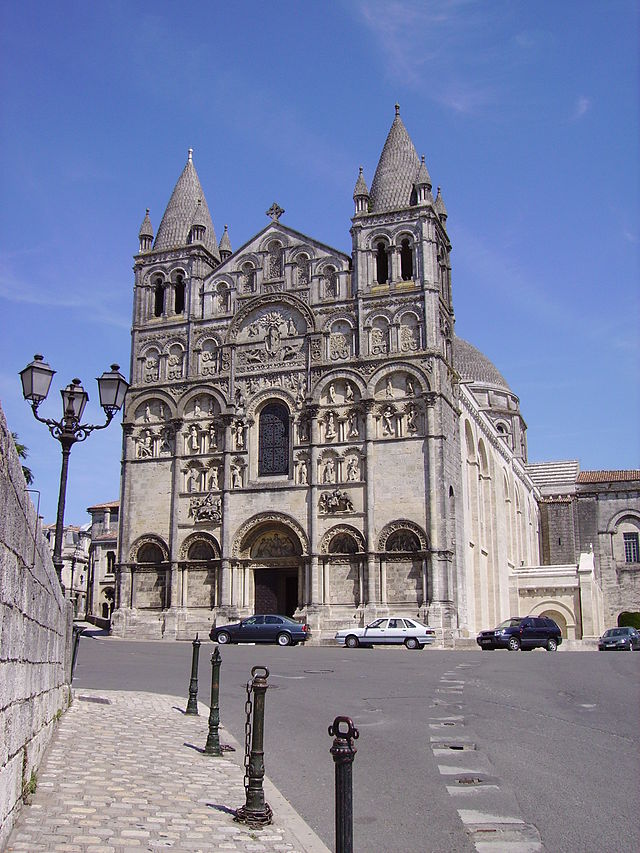The Romanesque era, ca. 1050 to 1200, takes its name from an artistic style. Historians described much of the architecture produced in this period as “Romanesque,” or Roman-like, for its use of rounded arches and vaults similar to those found in Roman structures. This chapter surveys the art and artwork of the period and considers the traditions that developed in four different regions of Europe in this period. France and Spain saw the construction of numerous pilgrimage churches with monumental stone relief sculpture. In the Holy Roman Empire, which spanned the territory of present-day Germany and northern Italy, architects built innovative churches and employed groin vaults in naves, while artists made exquisite metalwork such as reliquaries. Romanesque architecture in Italy is distinct in style and structure, characterized by colored marble paneling, timber roofs, and freestanding campaniles and baptisteries. In Normandy and England, architects employed rib groin vaults over a three-story nave; and artists embroidered the Bayeux Tapestry, an example of historical narrative art that chronicles the conquest of England in 1066 by Duke William of Normandy.

No comments:
Post a Comment